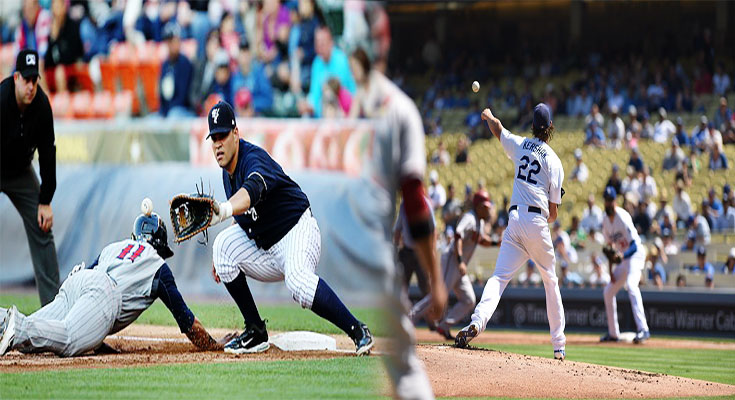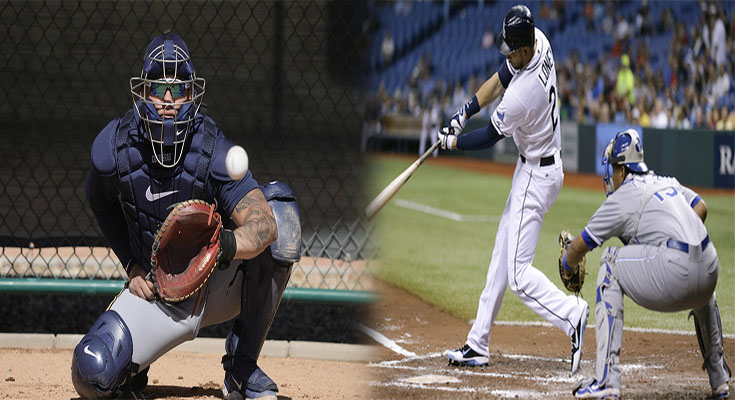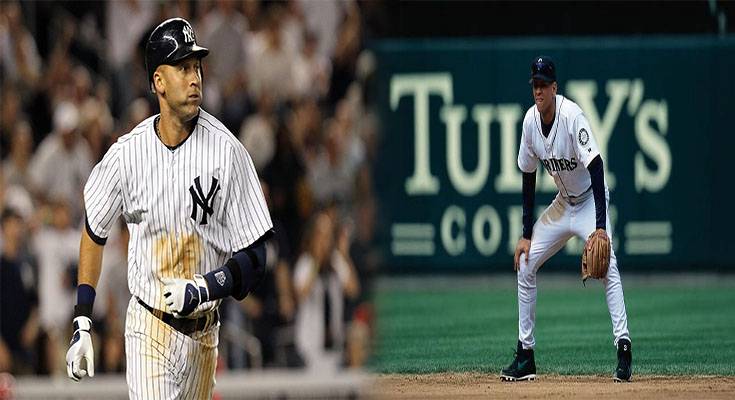
Baseball Positions: First Baseman Pickoff Moves
In the game of baseball, each position requires specialized skills and techniques, and the first baseman is no exception. While known for their defensive prowess and ability to handle throws from infielders, first basemen also play a crucial role in preventing opposing baserunners from taking too big of a lead or stealing bases. One such technique that first basemen must master is the pickoff move. In this article, we will explore the importance of pickoff moves for first basemen and discuss some key techniques to execute them effectively.
The Significance of Pickoff Moves
Pickoff moves are an essential weapon in a team’s arsenal to control the running game and keep opposing baserunners in check. For a first baseman, a successful pickoff move can result in catching an overzealous baserunner too far off the bag or even inducing a mistake or throwing error, leading to an out. By providing a constant …
Baseball Positions: First Baseman Pickoff Moves READ MORE




